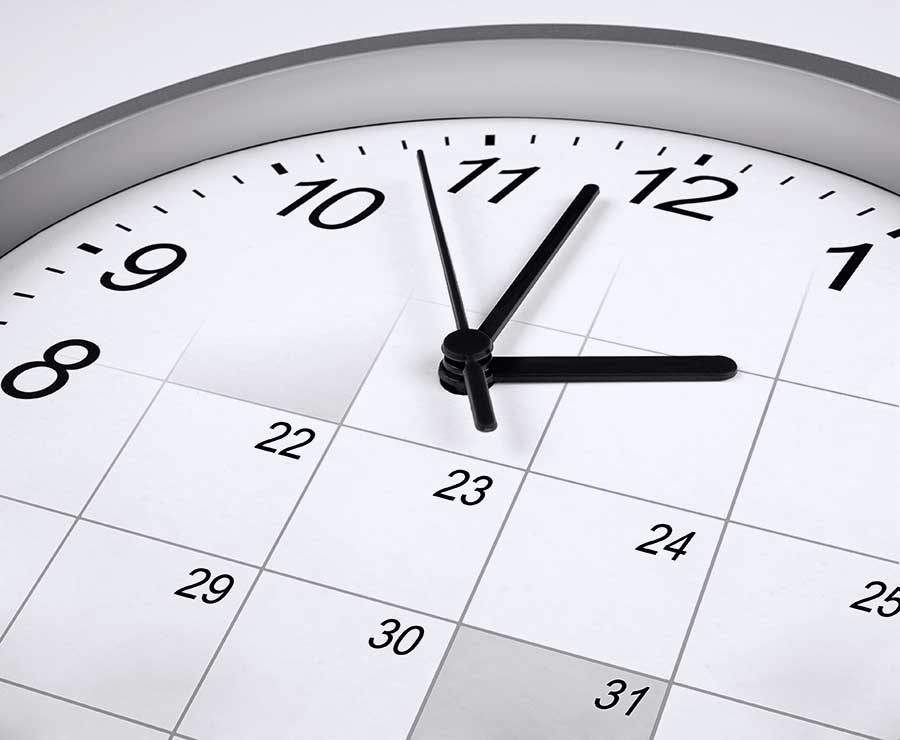Chapter V: Time – From Sundials to Atomic Clocks

Time has always held a mystique for humans. The ancient civilizations looked to the heavens to make sense of the passage of time. Day and night, the moon’s cycles, and the changing seasons were our first temporal markers. Yet, the desire to quantify time, to measure it, led to the creation of some of the most ingenious devices and concepts in human history.
Ancient Egypt
Our earliest measure of time came from ancient Egypt in the form of sundials and water clocks, or “clepsydras“. Sundials were simple yet effective, using the movement of shadows cast by the sun to indicate the hour of the day. Water clocks, however, could measure time independently of the sun, allowing them to keep time even at night or on cloudy days.
Babylon
In Babylon, scholars divided the day into 24 hours, the hour into 60 minutes, and the minute into 60 seconds, a system we still use today. But why these numbers? The choice is due to a numbering system based on 60, or sexagesimal, used by the Babylonians, possibly because of its mathematical convenience, as 60 is divisible by many factors.
Later, mechanical clocks were developed in Europe, bringing a new level of precision to timekeeping. The invention of the pendulum clock in the 17th century by Christiaan Huygens was a revolutionary leap forward in our ability to measure time accurately.
Modern Era
In the modern era, timekeeping has advanced to a level of precision that would astonish our ancestors. Today, we define the second based on the vibrations of atoms in an atomic clock. These clocks are so accurate that they lose only a second every hundred million years.
Even with this degree of precision, our planet’s irregular rotation can cause minor discrepancies. To correct this, scientists occasionally add a “leap second” to Coordinated Universal Time (UTC), used as the basis for civil time worldwide.
The Leap Second Concept
Leap seconds are a tool used to account for minor variations in Earth’s rotation speed that can affect timekeeping precision.
Our current system of time is mainly based on atomic clocks, which measure the precise oscillations of atoms and are remarkably consistent. This atomic time is known as International Atomic Time (TAI).
However, we also have Universal Time (UT1), which is based on the Earth’s rotation. The problem is that the Earth’s rotation isn’t as precise as atomic clocks. It gradually slows down due to various factors, including gravitational interactions with the Moon and Sun, as well as changes in Earth’s internal structure.
We occasionally add a “leap second” to Coordinated Universal Time (UTC), our official time standard, to synchronize these two time scales. This keeps UTC within 0.9 seconds of UT1. This process is managed by the International Earth Rotation and Reference Systems Service (IERS).
So, a leap second is an extra second: 23:59:60 on June 30 or December 31. It’s an adjustment, a “leap” to keep our clocks in sync with Earth’s rotation. This ensures that systems such as astronomical observations, navigation, and communication networks, which rely on precise timekeeping, continue to function accurately.
However, leap seconds can be a source of controversy. Some argue they are disruptive to computing systems and favor a continuous timescale without leap seconds. This ongoing debate may eventually lead to changes in how we handle leap seconds in the future.
Cultural Differences
Despite the precise scientific measurement of time, cultural differences persist. In some countries, the 12-hour clock is standard, while others use the 24-hour clock. Moreover, local customs and traditions often dictate perceptions of time.
The story of time measurement reflects our evolving understanding of the universe and our place in it. From the shadowy arcs of sundials to the invisible vibrations of atoms, the journey of timekeeping is one of the fascinating narratives of human ingenuity and curiosity.
Time Explained for Kids
Ever wonder how to explain the concept of time to little ones? Review our “The Concept of Time Explained for Kids” article.


